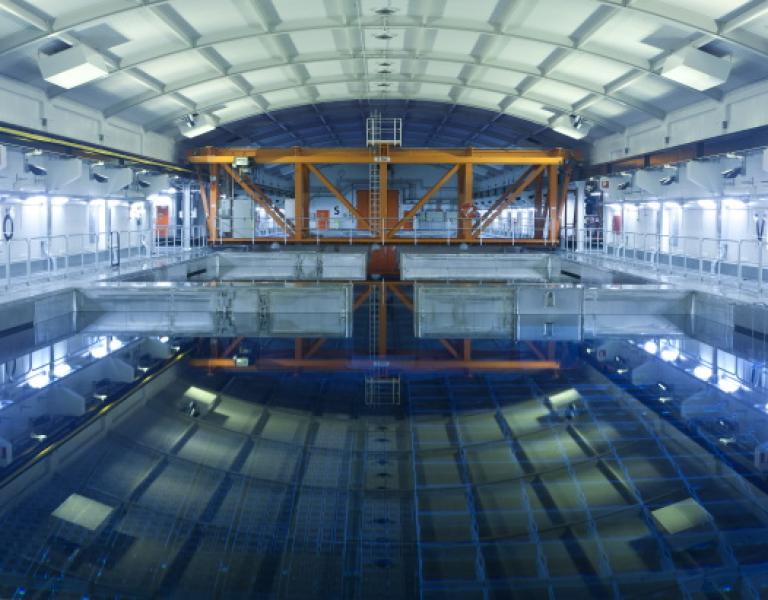
Swedish Nuclear Fuel and Waste Management - Reliability and LCC for the Final Repository for Spent Nuclear Fuel
By using CATLOC focus was put on reliability and LCC for the final repository of nuclear waste.
Swedish Nuclear Fuel and Waste Management Co (SKB) worked on one of Sweden's largest environmental protection projects. The assignment was to take care of all spent nuclear fuel from Swedish nuclear power plants in a way that was safe for people and the environment.
SKB had chosen a method and a location for the final repository for the spent nuclear fuel. The method entailed encapsulating the nuclear fuel in copper canisters. The canisters were then placed in the bedrock under Forsmark at a depth of approximately 500 meters, embedded in bentonite clay. After many years, when the deposition work was finished, the tunnels and rock chambers were sealed.
The final repository was a comprehensive facility with strict reliability and cost-effectiveness requirements for many years. Meeting these requirements required a well-developed maintenance concept, as well as a life cycle perspective in the development of all the machines and equipment needed for the final repository.
On behalf of SKB, Systecon completed an initial study of the maintenance concept for the would-be final repository of spent nuclear fuel. The assignment involved the strategic maintenance analysis of machines and equipment, for the purpose of identifying and evaluating the requirements for deciding if maintenance should be performed above or underground, and whether it should be carried out internally or outsourced to maintenance suppliers/contractors.
The maintenance analysis data produced information that was compiled and calculated with the LCC application CATLOC, a tool for life cycle cost calculations developed by Systecon. Changes in the maintenance setup and/or structure could be quickly modeled, so that the application could process and analyze future potential changes in the final repository. All results obtained could then conveniently be evaluated using different sensitivity analysis tools in CATLOC. The study resulted in a proposed final repository maintenance concept that included the costs of performing the maintenance.
Together with SKB, Systecon developed a general work process in order to get an overall perspective from the outset in the development of machines and equipment. The focus was on reliability and LCC. Systematic requirements management and configuration management then provided control over the technical systems throughout the life cycle by identifying a baseline and then controlling the changes in technology, software, and documentation.
By analyzing the reliability and LCC early in development, the problem areas were quickly identified and analyzed. Thus, measures could be introduced early and at significantly lower cost than if the problems were discovered during operation, while minimizing future costs for the repository was large.
Book a demo
Related Articles



